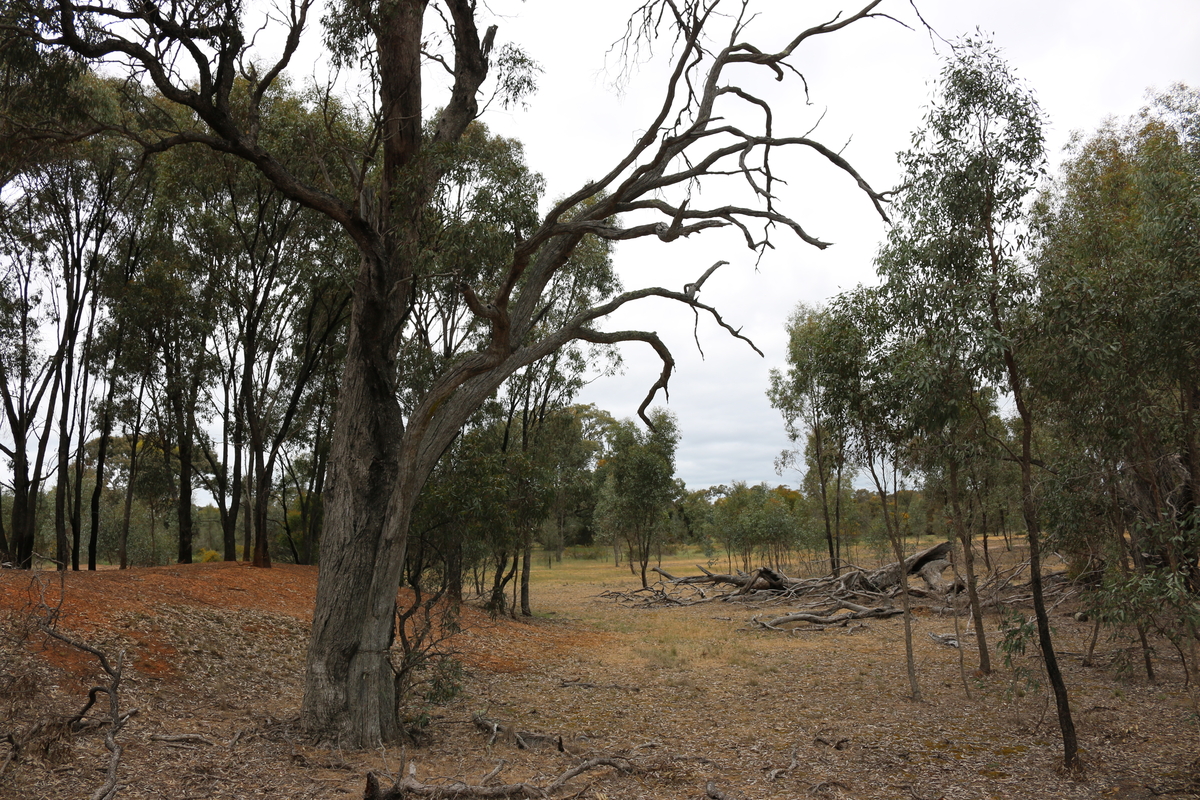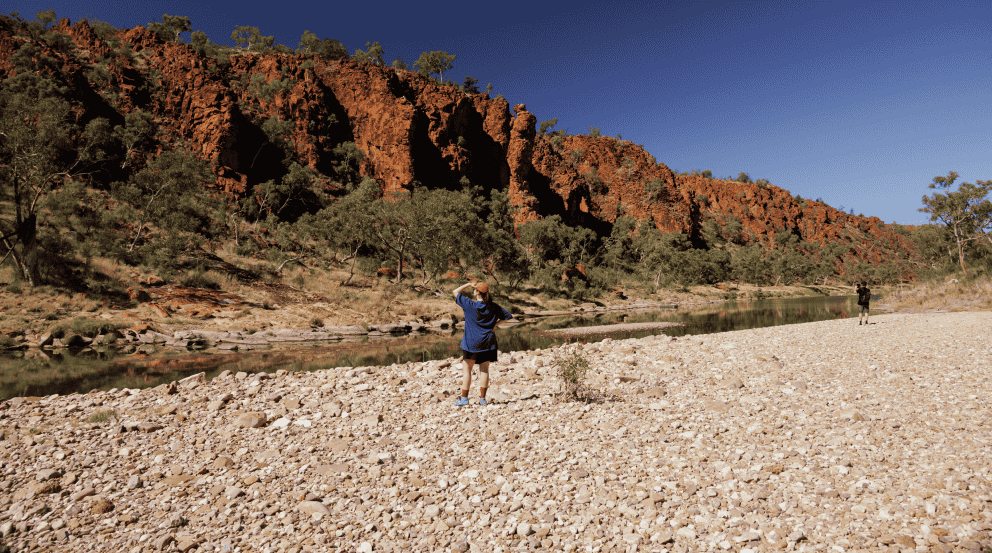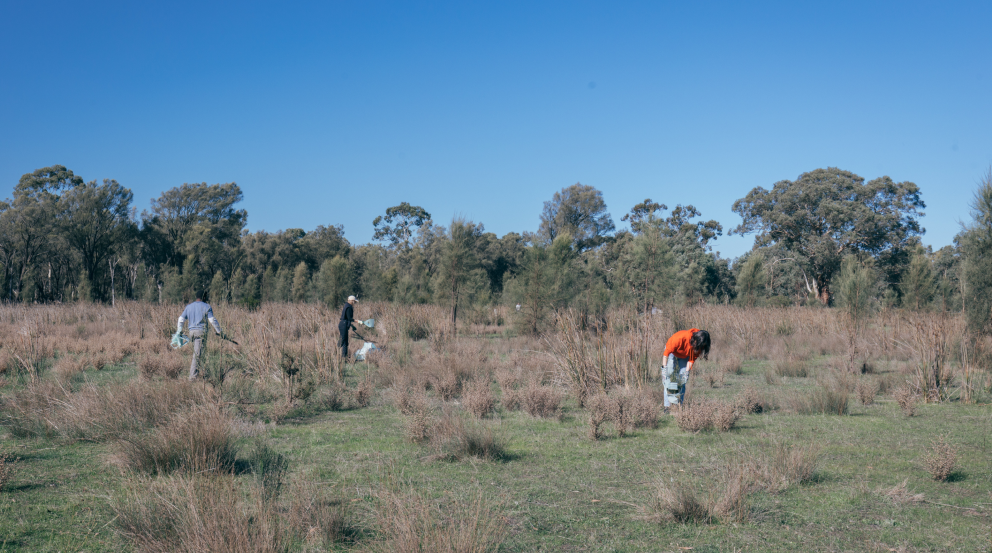With drought, bushfires, pollution and urbanisation threatening the livelihood of Australia’s amphibians, Kermit the Frog wasn’t wrong when he sang “it’s not easy being green”.
Now, citizen scientists across Australia are using an app to record frog calls, giving scientists crucial data in the fight against biodiversity loss, climate change and species extinction.
Australia has more than 240 known frog species, most of which are found nowhere else in the world. But frog numbers are in decline and this spells trouble for our ecosystems.
“When frogs start to disappear from our ecosystems, there are widespread consequences. In healthy environments, frogs should be abundant, even in the desert,” explains Dr. Jodi Rowley, Herpetologist and Chief Scientist of the Australian Museum FrogID Project.
“They’re an important part of the food web as they provide food for birds, reptiles and mammals. Tadpoles consume algae while adult frogs eat invertebrates including pest species. Frogs are sensitive to pesticides and chemicals, so frog numbers are a good indicator of the health of rivers and streams.”
The FrogID app enables ordinary Australians to collect data. That data is then used by scientists to help them gain an understanding of frog behaviour and population numbers. Anyone can download the free, user-friendly app to record and submit frog calls on their smartphone – no biology degree required.
Unlike apps like Shazam that return an instant result, the frog calls recorded on the FrogID app are validated by humans in order to be as scientifically accurate as possible. The task of identifying the trickier recordings often falls on Dr. Rowley.
“Some are super easy, but others are really hard and require more investigation,” she says. “I wake up in the morning, put my earphones on and listen to the submitted frog calls from my home in Sydney. I love listening to all these wonderful calls from around Australia as I drink a cup of coffee.”
The app has been used by everyone from farmers, to Indigenous communities in East Arnhem Land and inner-city families hoping to identify frogs croaking in their backyard. Community groups also use the app to monitor biodiversity and understand how their local frog populations are faring.
The app has unearthed some important finds, such as the critically endangered Kuranda Tree Frog recorded living in an area it was previously not known to inhabit.
“We had a bore runner up in the Northern Territory who ended up making a 100km-plus range extension for a frog species,” explains Dr. Rowley. “We had no idea that frog was living in that area because there are so few records from there. He said he made all his recordings within 100 metres of his bar fridge.”
Aside from locating rare and endangered frogs, FrogID recordings are providing other valuable insights. PhD students are currently using the data to research if certain frog species are changing their calls in response to urbanisation, with some frogs calling at a higher or lower pitch to compete with traffic noise.
“These recordings are also helpful for understanding the impacts of climate change. By getting these recordings every day, we can understand when frogs are calling, how these calls change over time, and even predict how it might change in the future if things continue how they are,” says Jodi.
Keen to understand the impacts of bushfires on frog numbers, Jodi recently put a call-out for people to submit recordings from bushfire-impacted areas. The FrogID community responded swiftly, with at least 60 frog species recorded since the bushfires, some being detected only a day or two after the fire-front tore through the bush.
With the app clocking more than 180,000 recordings across Australia in just over 2.5 years, the app has revolutionised the scientific community’s understanding of Australia’s frogs.
“It’s upscaled the amount of information we have to work with,” says Dr. Rowley. “In a hundred life spans, I’d never be able to get the amount of data that’s come through via FrogID. Scientists aren’t able to fight these conservation challenges alone. We need everyone on board and FrogID has mobilised people to help fight for biodiversity in Australia.”
Sadly, there are many ‘missing’ frog species that have either been declared extinct or are feared to be extinct, so a recording that led to the rediscovery of any of those species would be cause for celebration.
“There are about 40 species that we’ve yet to receive a recording of. Hearing a call from any one of those would elicit a squeal from the team,” says Dr. Rowley, before adding “…but every single call that’s submitted is an incredible contribution that’s valued and appreciated and is changing the game of frog conversation in Australia”
Find out more at frogid.net.au or australiamuseum.net.au, and follow Dr. Jodi Rowley on Twitter.








